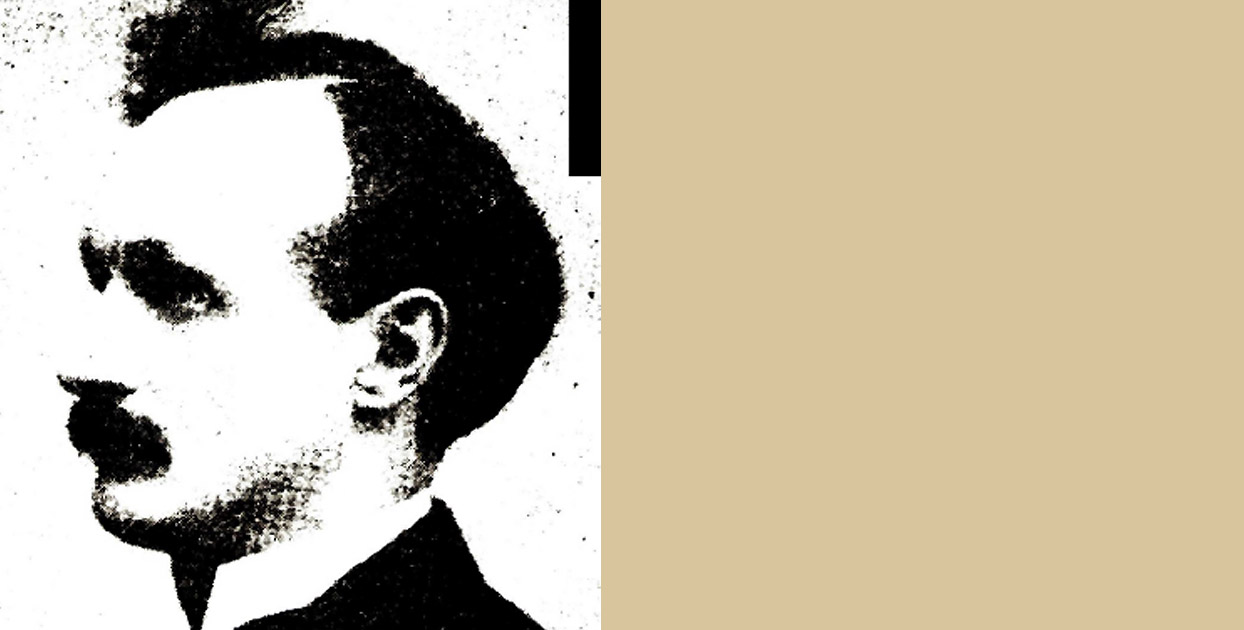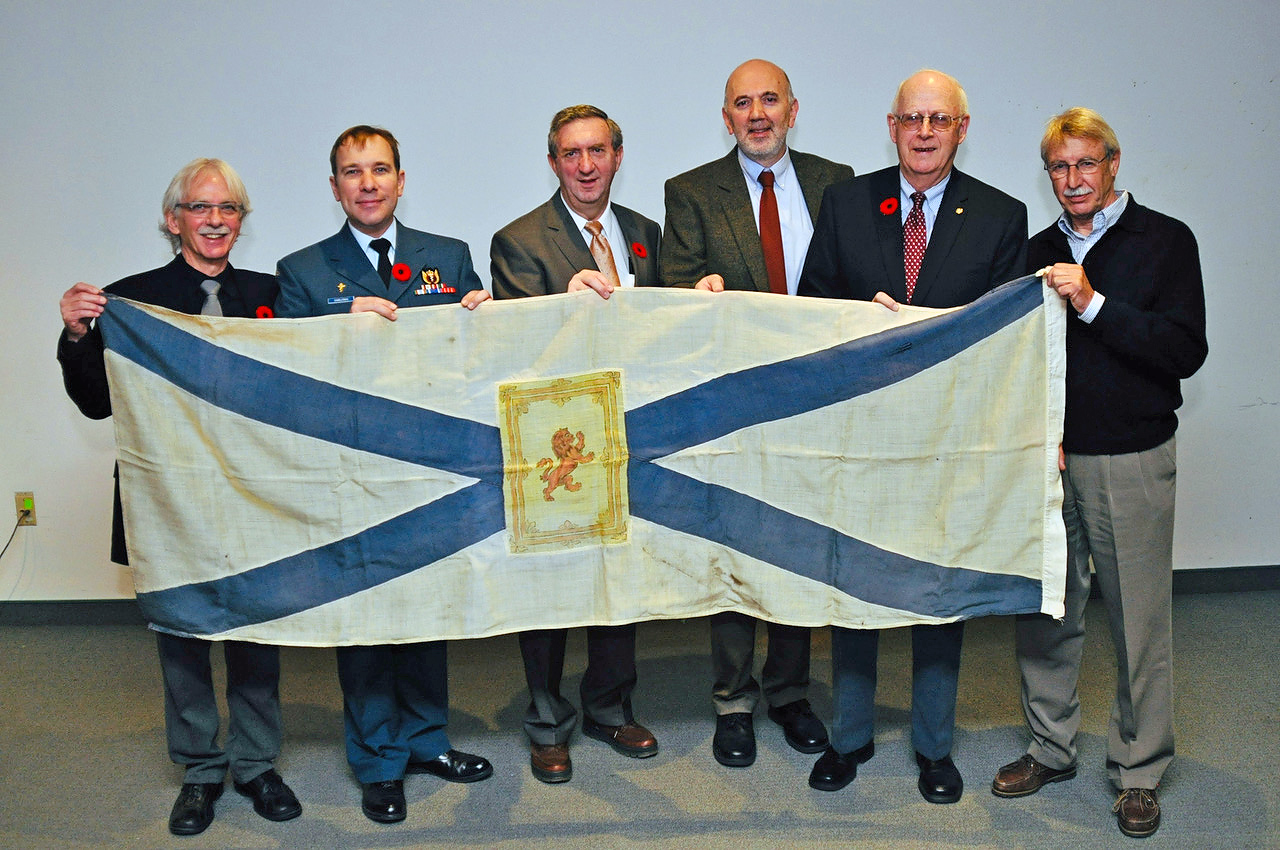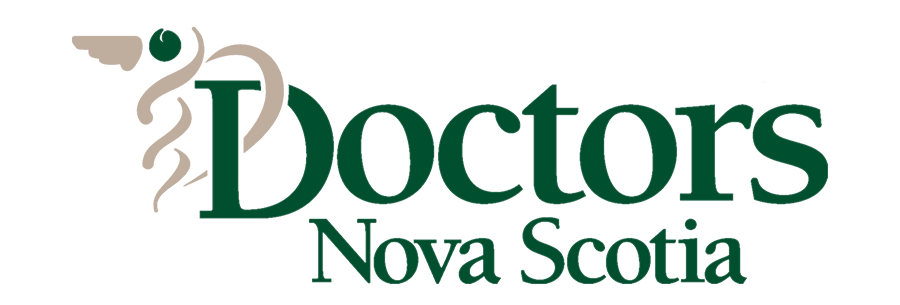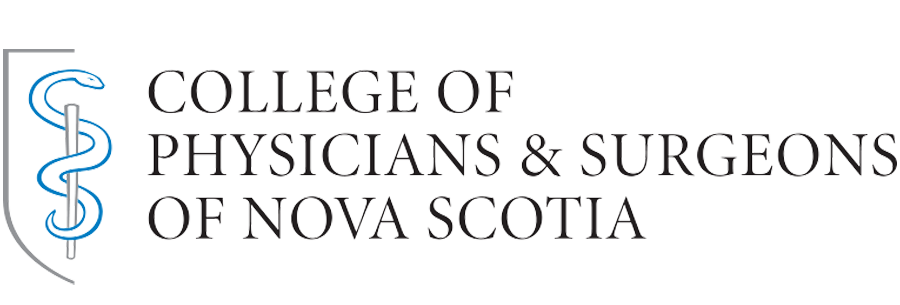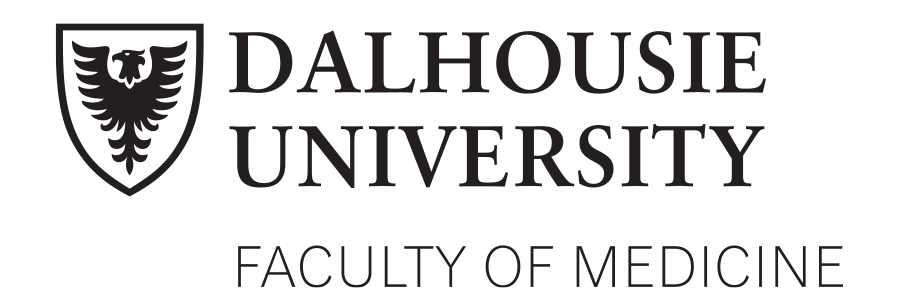By Dr. Allan Marble
On Nov. 8, 1895, Prof. Wilhelm Roentgen at the University of Wiirzburg, Germany, demonstrated the existence of X-rays, showing that if they were caused to pass though a human hand, the bones in the hand would be rendered visible on a photographic plate. The news of this discovery's potential to aid in medical diagnosis quickly spread throughout the world. As early as February 1896, Prof. John Cox was using X-rays in clinical diagnosis at McGill University.
In Nova Scotia, Alexander Graham Bell began to record notes in his journal on X-rays in February 1896. Bell purchased a Crookes' tube in April 1896 and began to experiment with stereo radiography to produce an image of a skeleton in three dimensions. In June 1896 he produced a radiograph of the contents of a woman's purse. In 1898 Dr. Bell gave a lecture on X-rays in Washington, D.C.
An article called "The New Photography" described X-rays in the Maritime Medical News in August 1896, but the first time X-rays were used in medical diagnosis in Nova Scotia was probably by Dr. Edward Farrell on Nov. 5, 1897. Dr. Farrell was the professor of surgery at the Halifax Medical College and a member of the surgical staff at the Victoria General Hospital; he used the X-ray image to locate a needle in a woman's wrist that could not be located by probing. This first use of X-rays was announced in the Maritime Medical News.
Since there is no evidence that the Victoria General Hospital had X-ray facilities until 1903, Dr. Farrell probably engaged the services of Mr. A. Robie Cogswell to produce the X-ray image of the needle in the wrist. Mr. Cogswell was a professional photographer who operated a studio on Barrington Street. By 1897 he had assembled the equipment to produce "the photography of the invisible," which is how radiography was described in the early years after its discovery.
Dr. Herbert Weaver, a histology lecturer at the Halifax Medical College, took a special course on electricity in Toronto in 1901. When he returned to Halifax, he brought a Crookes' tube and other necessary equipment with him, and began to produce radiographs. Two years later, Dr.Weaver was appointed head of the electrotherapeutic department of the Victoria General Hospital, and began procuring X-ray equipment in order to produce radiographs at the hospitaL In 1904 he gave a presentation entitled "Some Experiences with the X-ray Therapeutically" at the annual meeting of the Nova Scotia Medical Society.
The Victoria General Hospital was not alone in having X-ray capabilities in 1903. When Dr. George L Sinclair visited the Brookland Hospital in Sydney, N.S., in 1903, he reported that the hospital was in the process of installing an X-ray unit.
Acknowledgment: Most of the information in this vignette came from an article by Dr. John Aldrich, a former director of medical physics at the Victoria General Hospital.

